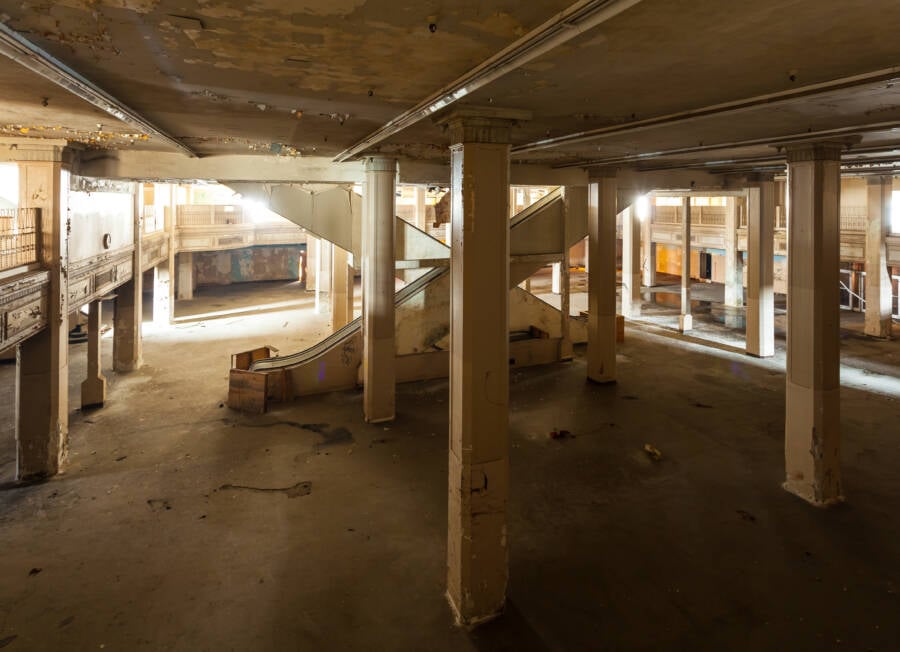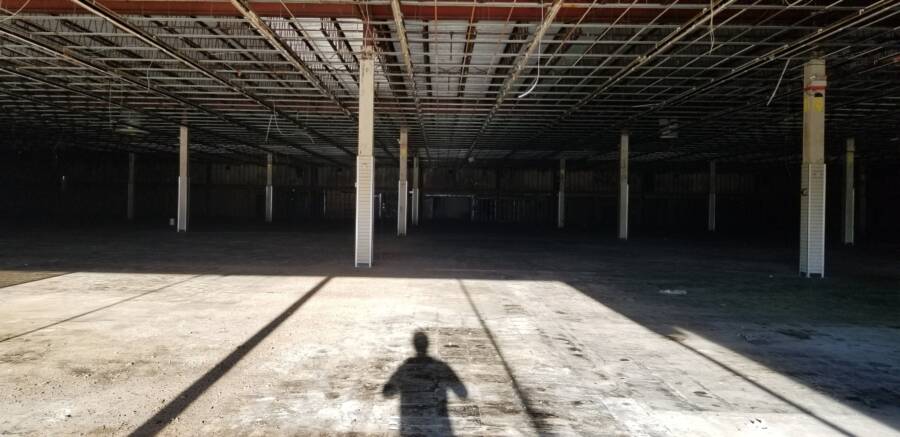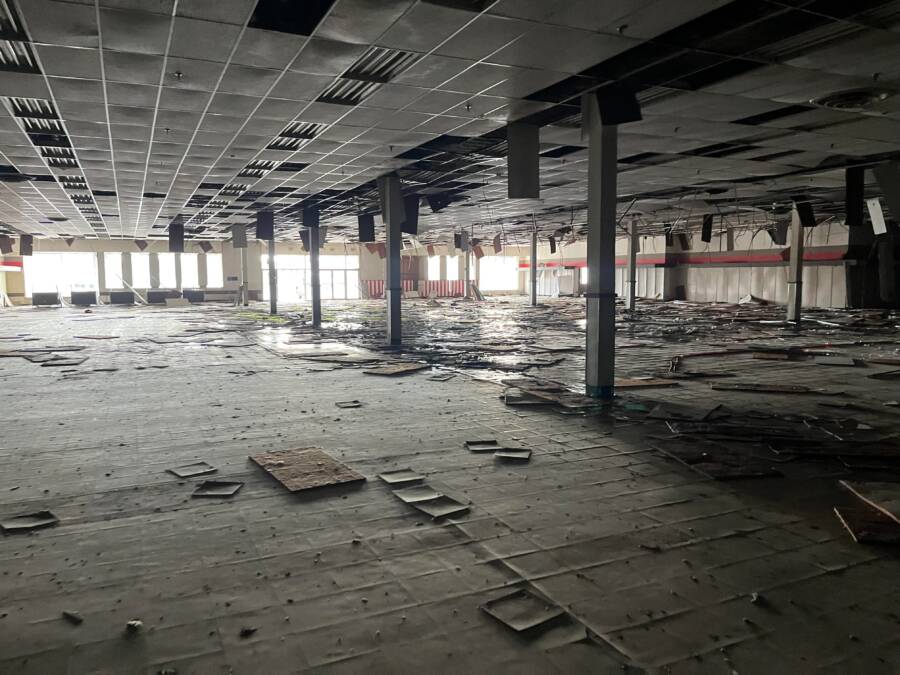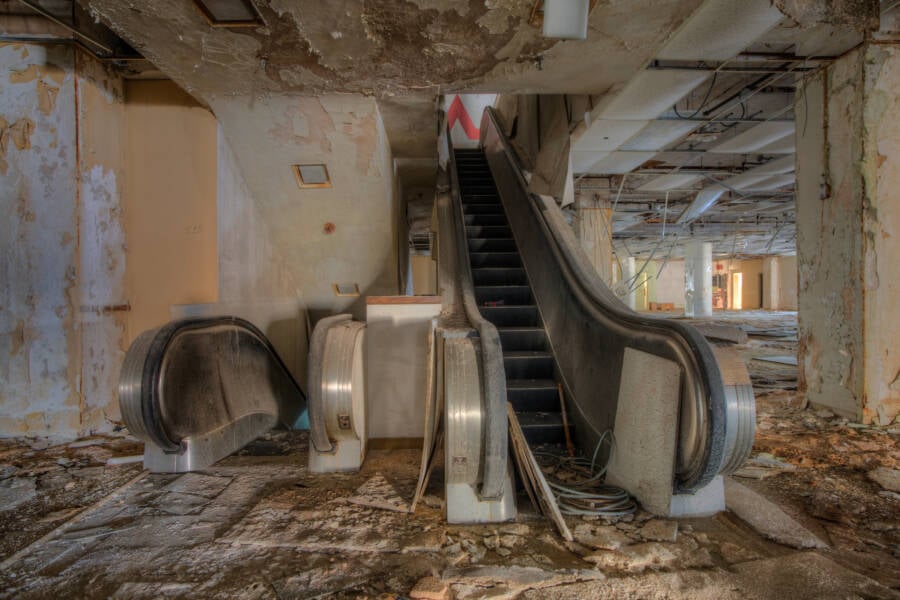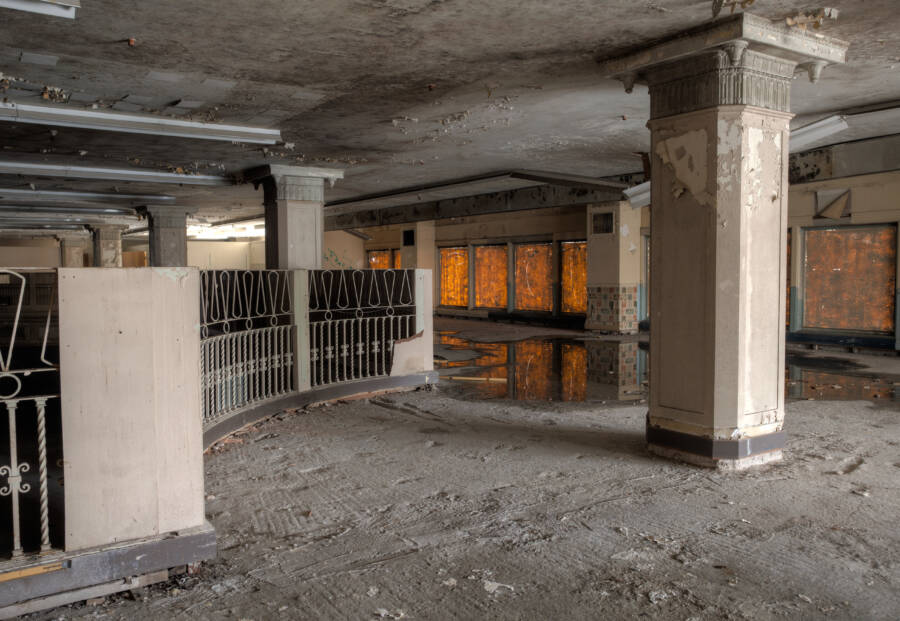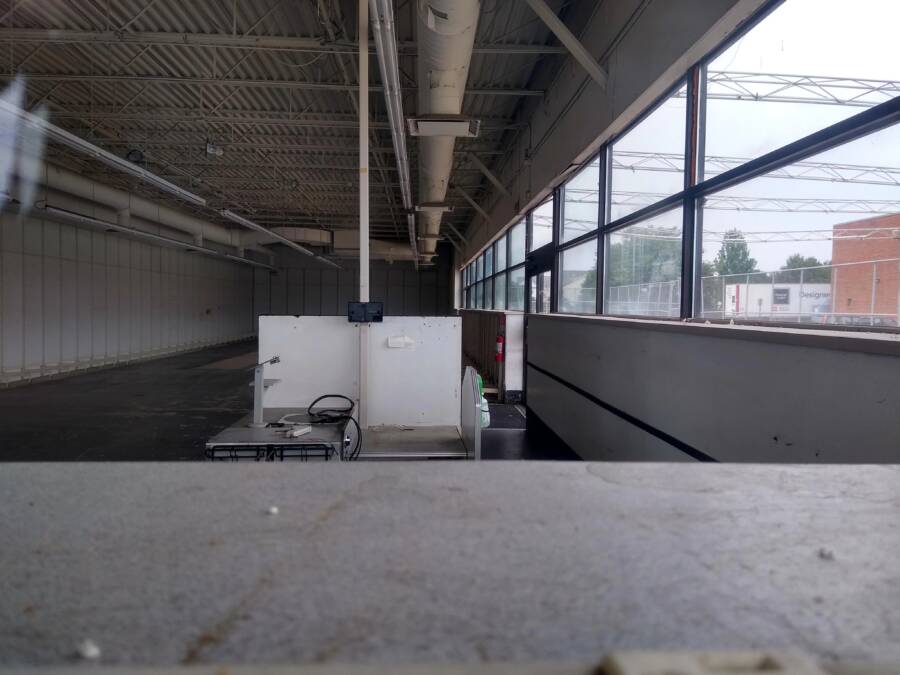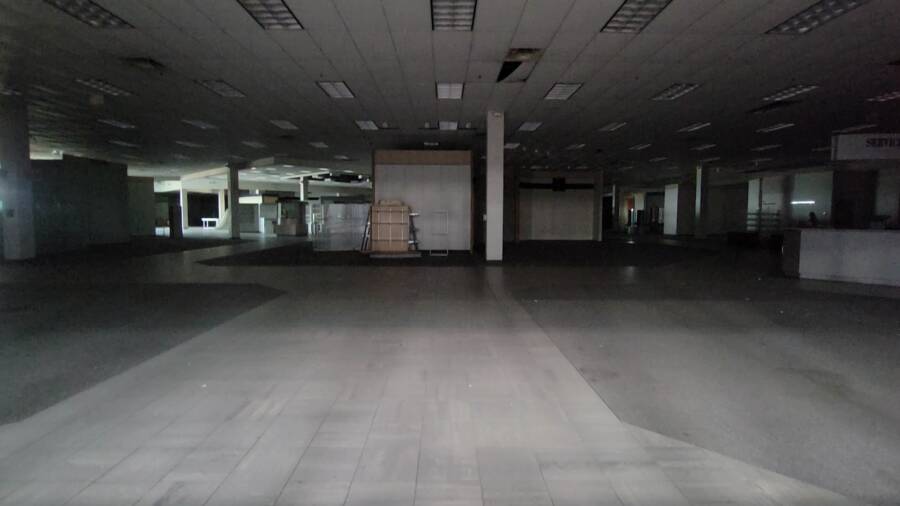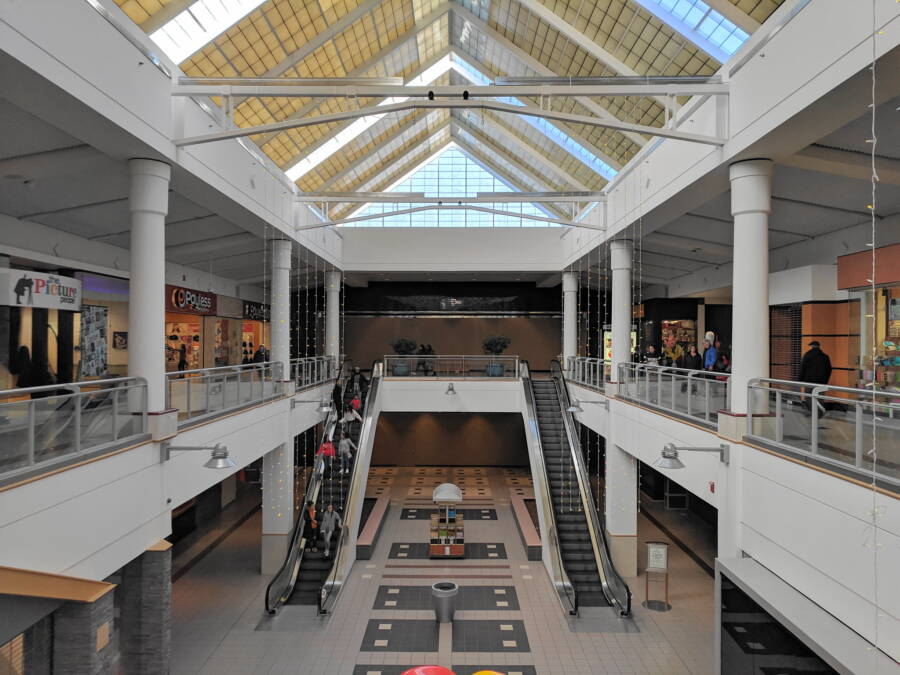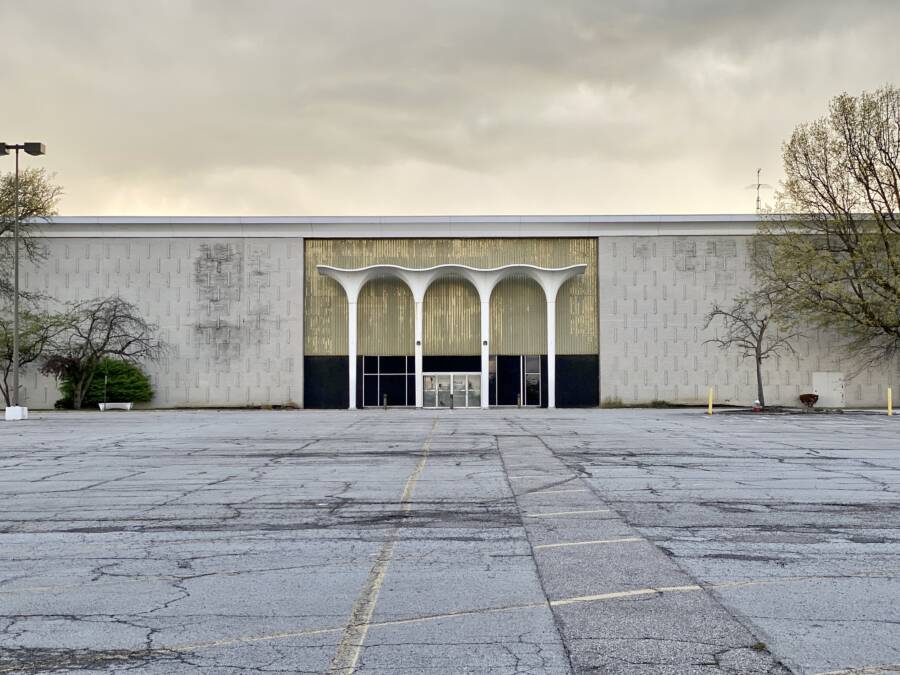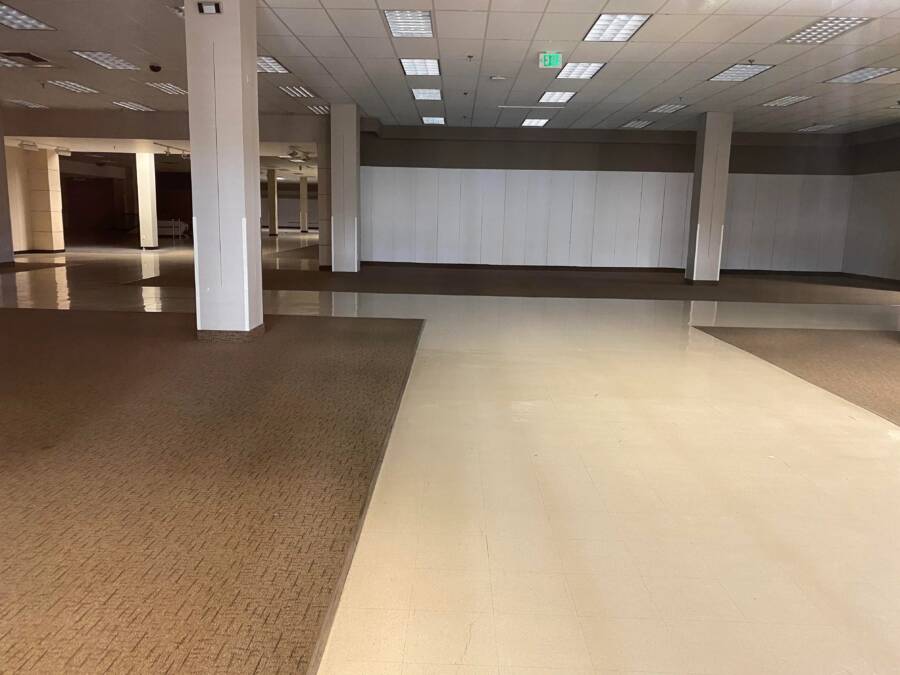From decaying escalators to empty shopping carts, these abandoned department stores are sure to send a chill down your spine.
For a time, department stores were a staple of everyday life. When mall culture rose in popularity in America, so did department stores.
Places like Sears, Kohl’s, and Macy’s were seen as convenient, all-in-one stores where you could buy everything from clothing to home goods to electronics. But in recent years, particularly with the rise of online storefronts like Amazon and Temu, many department stores have closed across the United States.
Obviously, there are still quite a few department stores out there — and Macy’s still notably hosts a yearly Thanksgiving Day Parade in New York City — but as time goes on, more and more of these massive storefronts are demolished, converted, or simply left to rot. That last option has spawned a new wave of online communities who have become fascinated with the unsettling appearance of now-empty department stores.
Experience the oddly captivating sensation of exploring abandoned department stores for yourself in the photo gallery below:
The Rise Of Department Stores During The Industrial Revolution
There is some debate about what the first department store was, but the BBC awarded that title to Harding, Howell & Co's Grand Fashionable Magazine in London, which opened in 1796. At first, the shop was divided into four departments and sold items ranging from furs to jewelry to clocks.
Harding, Howell & Co focused mainly on women's fashion, seeing as many newly wealthy women in England wanted to shop for luxury goods for themselves. As the Industrial Revolution bolstered the middle class even more, department stores eventually became more widespread.
The first department store in the United States was Arnold Constable, founded in 1825 as a small dry goods store in New York City. In 1857, the store would move into a five-story white marble building known as the Marble House, but in less than a decade, it outgrew that space, and a cast-iron building called the "Palace of Trade" had to be constructed on Broadway and 19th Street in 1869 to accommodate all the departments.
All across the world, department stores were popping up. Clearly, something about the convenience of these retail establishments was appealing to people who were more than happy to spend their newfound money at them.
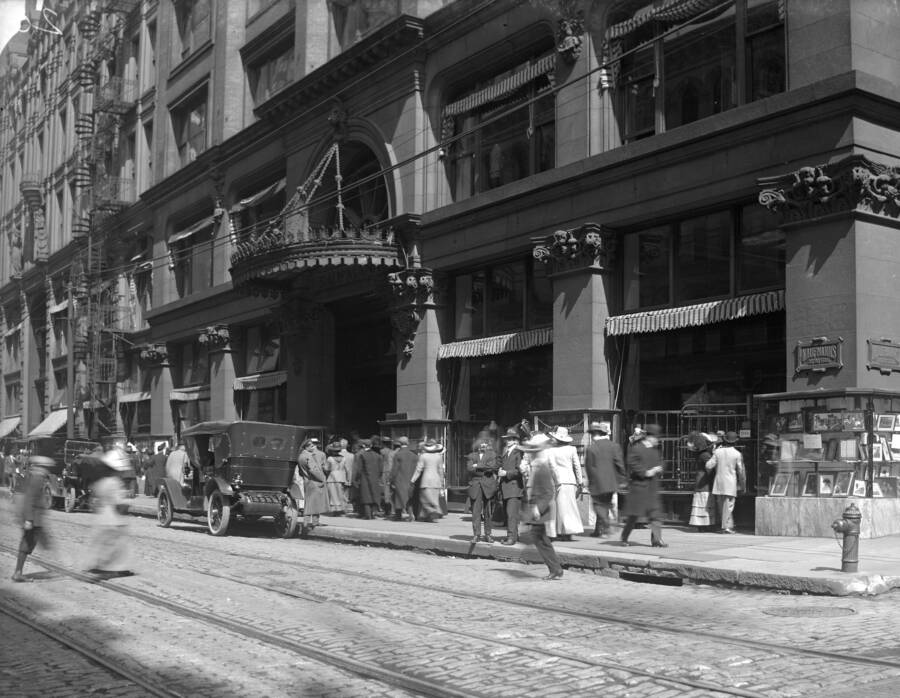
Alpha Stock/Alamy Stock PhotoA crowd outside of the Kaufmann's Department Store in Pittsburgh, Pennsylvania.
In 1858, Rowland Hussey Macy founded Macy's, which began as a dry goods store. In 1871, brothers Jacob and Isaac Kaufmann founded the business that would become Kaufmann's Department Store. In 1877, John Wanamaker opened what many consider the first "modern" department store — Wanamaker's — in Philadelphia, as it was the first to include electrical illumination, the telephone, and pneumatic tubes to transport cash.
The most popular department stores eventually became chains and continued to spread across the country, selling millions of products to millions of people. Of course, nothing lasts forever, and department stores were not immune to the passage of time and more modern innovations. By the early 2000s, department stores' popularity had begun to waver.
The Decline Of Department Stores In The Modern Era
Many businesses have struggled to adapt and evolve in the internet age, but few have been hit harder than department stores. According to a CNN report from February 2024, Macy's — arguably the most famous remaining department store in America — announced the closure of 150 of its stores (almost a third of its total). A large reason for this, and other department store closures, is the convenience and affordability of online shopping. Of course, the COVID-19 pandemic in 2020 likely exacerbated the issue.

RedditKmart filed for bankruptcy in 2002, and despite a merge with Sears in 2005, there was no saving the chain.
But it wouldn't be fair to place the blame entirely on external factors. Yes, Amazon can deliver goods to your door quickly and often for a lower price, but that could have spurred some innovation and evolution for department stores. As retail analyst Neil Saunders of GlobalData put it: "They stopped listening to customers. Sure, online has taken its share, sure, big box has taken its share. But most of all, it's a failure to evolve."
There are also many groups of investors pushing to take companies like Macy's private — a bet that rarely pays off. When Sears fell under the ownership of hedge fund operator Eddie Lampert, it essentially killed the chain. And when Sears and Kmart merged in 2005, they had 3,500 U.S. stores between them — today, there are less than two dozen.
Only time will tell if department stores will ever make a comeback again in the United States, but based on the state of things right now, it doesn't seem like they will ever rise to the same heights again.
After checking out these liminal abandoned department stores, see our eerie gallery of abandoned malls. Then, take a look at some haunting images of abandoned schools and abandoned amusement parks.



